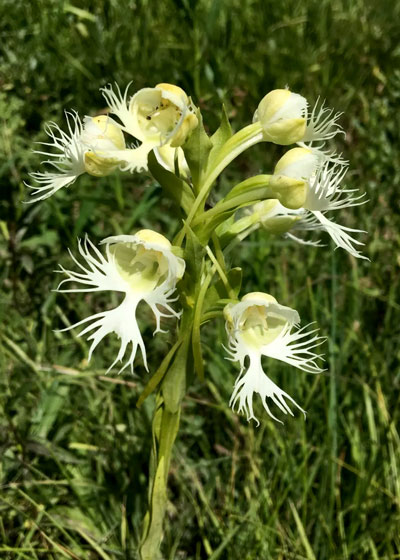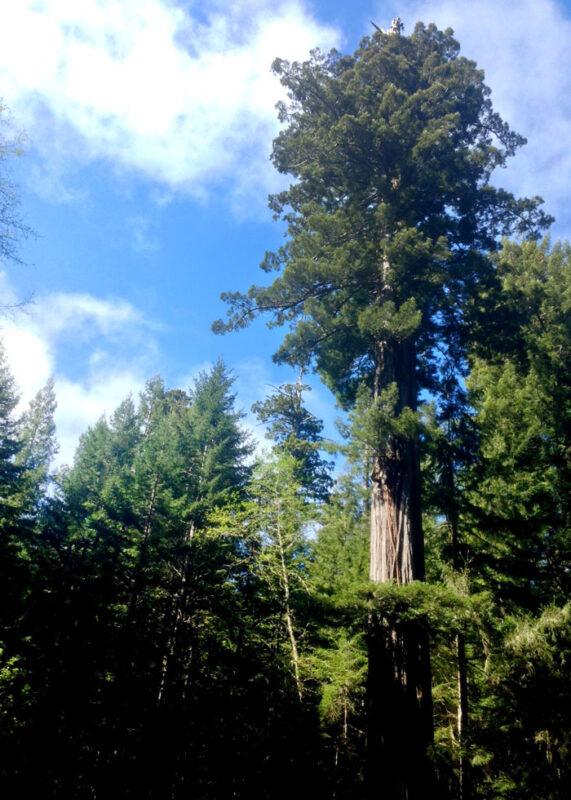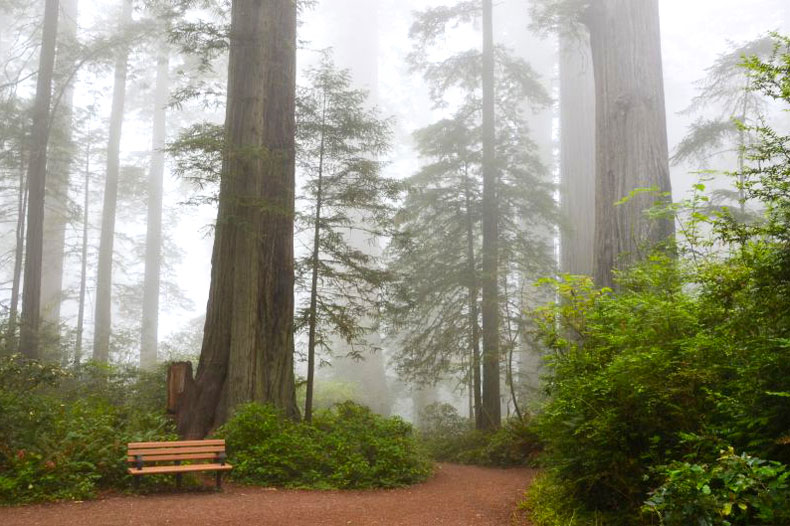North Dakota’s rare orchid and the world’s tallest tree
I have the AP (Associated Press) app on my phone, and I scan its headlines a couple of times a day for objective coverage of the world’s situations.
I also have asked it to track things about Nature, and in that light, it popped up a story about the western prairie fringed orchid.
You may think of orchids as coming from tropical rainforests and being temperamental plants that have a hard time surviving in cold climates. Well, let me share a few facts that might surprise you.
• There are more than 28,000 species of orchids. They are one of the largest plant families in the world.
• Orchids are native to every continent except Antarctica.
• One state even has a wildflower orchid as its state flower. Nope. It’s not Florida (orange blossoms), and it’s not Hawaii (hibiscus). It’s Minnesota. The lady slipper orchid.
So, the orchid about which the AP story this week was written was the endangered western prairie fringed orchid.

Researchers from North Dakota State University visited very remote locations of the Sheyenne National Grassland in North Dakota and the Manitoba Tall Grass Prairie Preserve in Canada where the 2- to 3-ft. tall orchids were blooming in mid-July.
Using GPS coordinates they located populations of the orchids to within several inches of where they had been marked in prior years. Their goals: to study populations and pollination of the night-blooming species. Hawkmoths, large night-flying insects, are the only known pollinators of the plant.
I’ve told you part of the story, but I encourage you to see the entire write-up from AP. It’s amazing what’s going on in our world without our really knowing about it.
Tallest plant on the planet…
You probably would have guessed that this part of this story was going to be about sequoias and you’d be correct. But were you aware that there are two species, actually in two different genera, of these giant trees, and that they’re from different parts of California?

Giant sequoia (Sequoiadendron giganteum). These are the massive redwoods of the Sierra Nevada Mountains. Our family drove from Bakersfield up into the mountains to Sequoia National Forest, then Sequoia National Park. We were seeing lovely conifers, then suddenly we saw the trunk of what seemed to be the most massive thing I’d ever seen. No foliage. Just this huge trunk amidst all the normal trunks. It took our breath away. And then more and more of them. Those are the “big trees.” Click to learn a lot more about them.

Coast redwood (Sequoia sempervirens). Let’s restate the obvious: these grow right along the Pacific Coast of California. Pacific winds bring cool mists to their needles, and that constant moisture is critical to their survival. Here’s a fascinating write-up on the “big” trees and the “tall” trees.
Two things you may not have known: (1) these redwoods are taller but more slender than the giant sequoias of the Sierra Nevadas; and (2) Redwood is the only known naturally occurring hexaploid conifer. (OK – I’d be hard pressed to explain that one even now that I know it. I just read it in the link I gave you above.)
Foresters are now keeping records of all coast redwoods known to be more than 110 meters tall as measured by either direct tape drop (meaning someone had to climb them) or by surveyor’s laser. For the record, 110 m. equals 360.89 ft. (Think about that this weekend when you go to your first football game – considerably taller than the length of a football field!)
The story in the link says they feel they have identified almost all of the 110 m. trees by now, and there are 37 of them.
Hyperion, the tallest tree in the world, stands 115.85 m. That’s 380.09 ft.! It was discovered about 20 years ago, but its exact location has not been identified to protect its safety.
Equally interesting, as of April 2022 there was a total of 2,585 trees between 100 m. and 110 m. These trees are remeasured at least every three years, and they seem to continue growing almost indefinitely, so more and more will be joining the ranks of the 110 m. club in the near future.
This is one of the most interesting stories I’ve read about the coast redwoods. Spend a little time reading it in detail.
